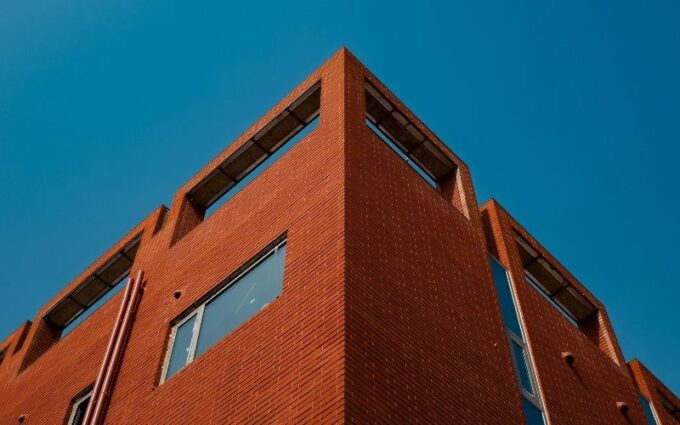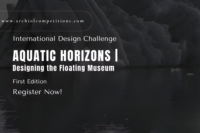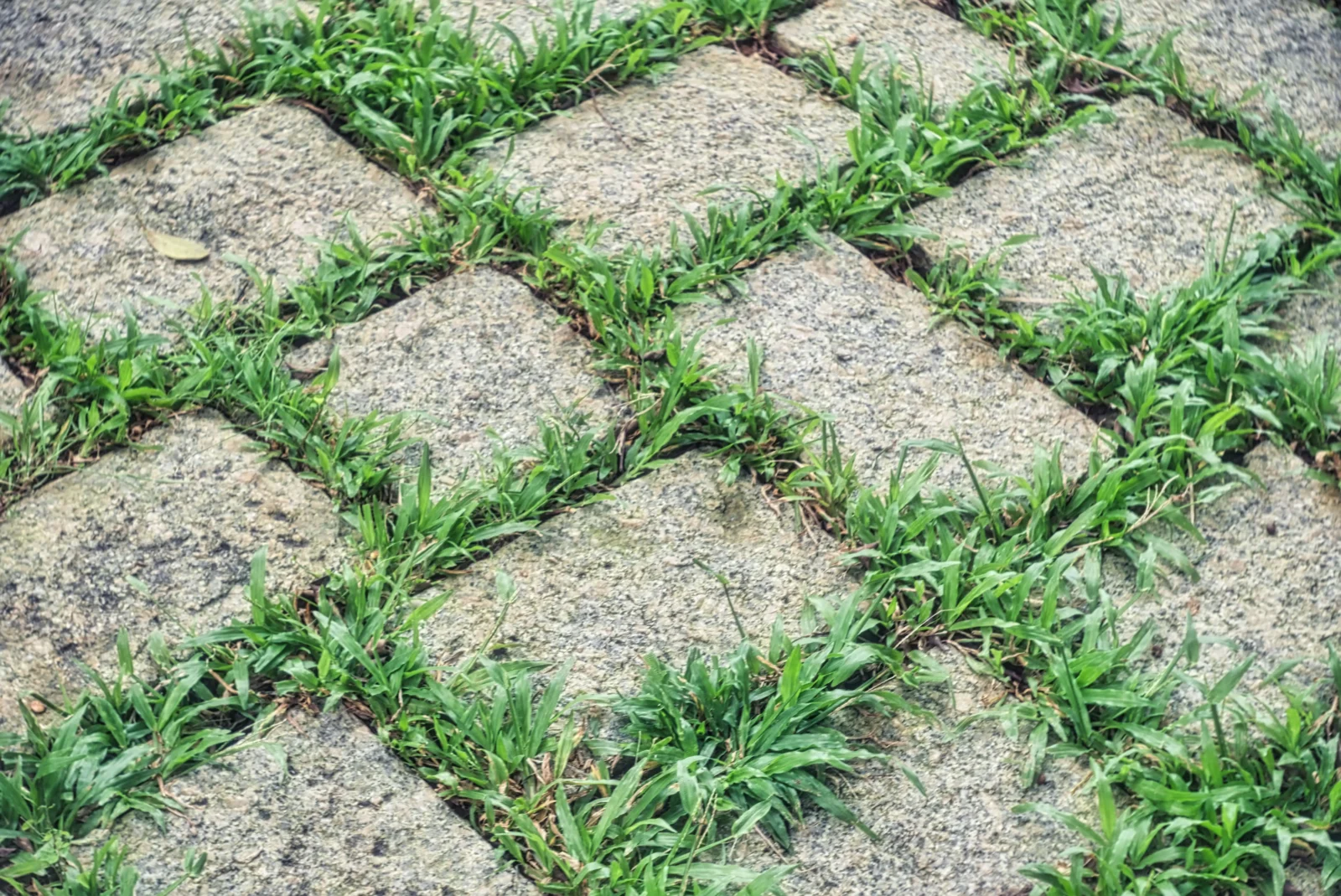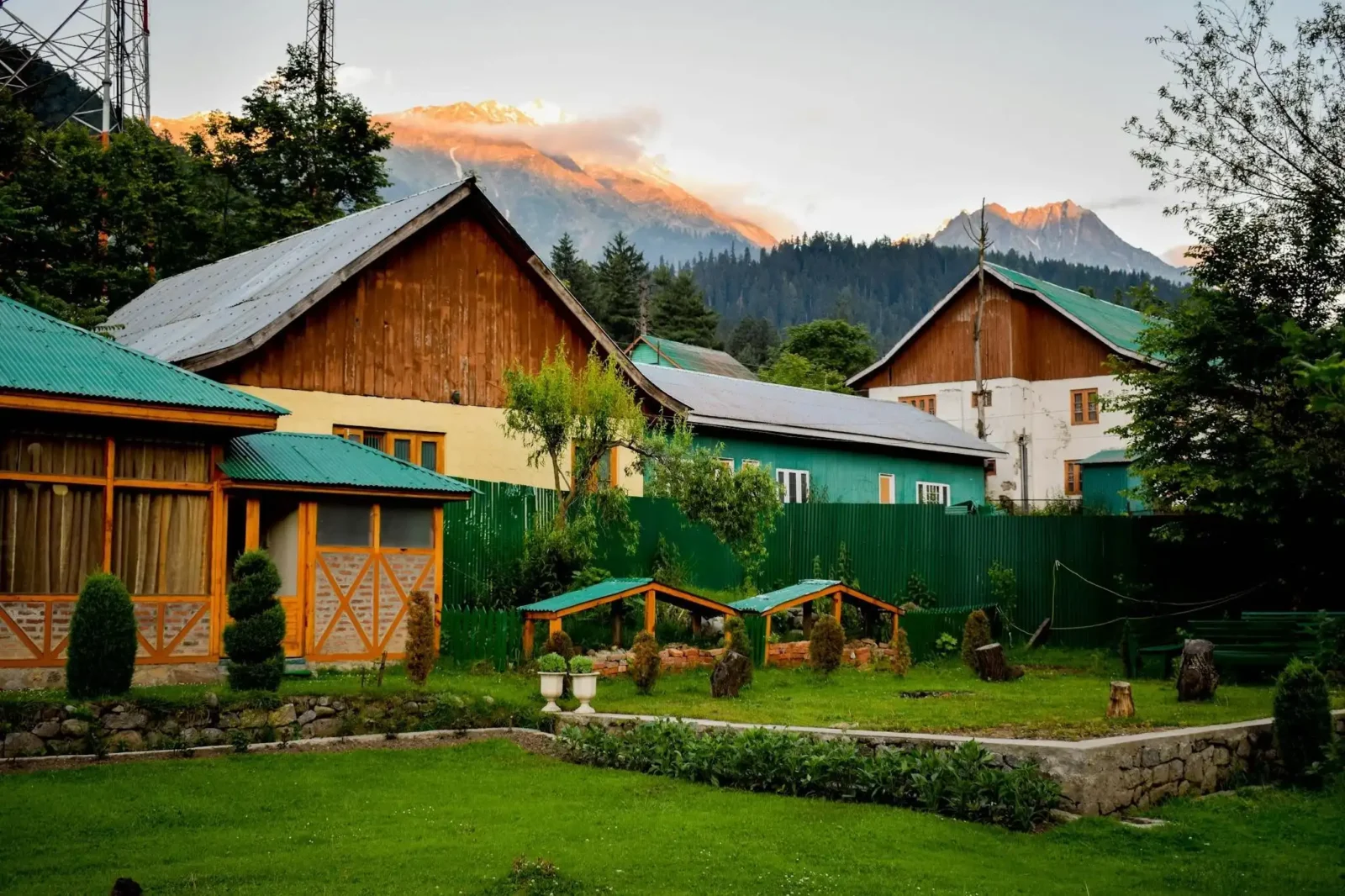- Home
- Articles
- Architectural Portfolio
- Architectral Presentation
- Inspirational Stories
- Architecture News
- Visualization
- BIM Industry
- Facade Design
- Parametric Design
- Career
- Landscape Architecture
- Construction
- Artificial Intelligence
- Sketching
- Design Softwares
- Diagrams
- Writing
- Architectural Tips
- Sustainability
- Courses
- Concept
- Technology
- History & Heritage
- Future of Architecture
- Guides & How-To
- Art & Culture
- Projects
- Interior Design
- Competitions
- Jobs
- Store
- Tools
- More
- Home
- Articles
- Architectural Portfolio
- Architectral Presentation
- Inspirational Stories
- Architecture News
- Visualization
- BIM Industry
- Facade Design
- Parametric Design
- Career
- Landscape Architecture
- Construction
- Artificial Intelligence
- Sketching
- Design Softwares
- Diagrams
- Writing
- Architectural Tips
- Sustainability
- Courses
- Concept
- Technology
- History & Heritage
- Future of Architecture
- Guides & How-To
- Art & Culture
- Projects
- Interior Design
- Competitions
- Jobs
- Store
- Tools
- More
Green Retreat: Blending Building Design with Garden Creation

The concept of a ‘Green Oasis’ in urban environments is a captivating blend of architecture and garden design, creating spaces that are not only aesthetically pleasing but also ecologically responsible. This harmonious integration aims to bring the tranquility of nature into the heart of architectural structures, offering a peaceful retreat from the hustle and bustle of city life. This blog post explores the art of combining architecture with garden design, its significance in modern urban spaces, and some of the most innovative examples from around the world.
Table of Contents
ToggleBenefits of Integrating Architecture with Garden Design
Environmental Impact
Integrating gardens into architectural designs plays a crucial role in mitigating the urban heat island effect, where cities tend to be warmer than their rural surroundings due to human activities. Plants and trees in these gardens help cool the air, reduce energy consumption in buildings, and improve overall air quality by filtering pollutants. Additionally, they provide habitats for urban wildlife, thus promoting biodiversity.

Psychological Well-being
The presence of green spaces in architectural design contributes significantly to mental health and well-being. Natural elements have been shown to reduce stress, enhance mood, and promote a sense of tranquility. This is particularly important in urban areas, where the pace of life can be fast and stressful.
Aesthetic Appeal
A well-designed garden can transform an ordinary building into a visual masterpiece. The blend of architecture and nature adds texture, color, and life to urban landscapes, making them more inviting and enjoyable for residents and visitors alike. If you’re looking to enhance your outdoor space, there are professional services that can help you transform your landscape into a visually stunning and functional green retreat.

Increased Property Value
Properties featuring integrated garden designs often attract higher market values. These green spaces make the property more desirable due to their environmental benefits, beauty, and the quality of life they offer to inhabitants.
Principles of Green Oasis Design
Harmony and Balance
Achieving a seamless integration of architecture and garden design requires a thoughtful balance. The design should consider the scale, style, and materials of the building, ensuring that the garden complements these elements rather than competes with them.
Sustainability
Eco-friendly materials and practices are at the heart of Green Oasis designs. This includes using indigenous plants that are adapted to the local climate and require less water and maintenance, as well as implementing sustainable systems such as rainwater harvesting and green roofs.

Functionality
Every element in a Green Oasis design should serve a purpose. This could range from providing shade and reducing noise to creating outdoor recreational spaces or even edible gardens.
Biodiversity
A diverse range of plant species not only adds visual interest but also supports local ecosystems. Incorporating a variety of plants encourages a healthy balance of insects, birds, and other wildlife, contributing to an urban area’s ecological health.
Innovative Examples
The Vertical Forest (Bosco Verticale) in Milan, Italy
This groundbreaking project features two residential towers adorned with over 900 trees and thousands of shrubs and floral plants. The design creates a microclimate that produces humidity, absorbs CO2, and dust particles, and produces oxygen.
The Gardens by the Bay in Singapore
This futuristic park is a prime example of innovative Green Oasis design. Its iconic Supertrees are vertical gardens that perform a multitude of functions, including planting, shading, and working as environmental engines for the gardens. The biodomes, Cloud Forest and Flower Dome, are climate-controlled conservatories housing rare plants from around the world.

The High Line in New York City, USA
Once an abandoned railway line, the High Line has been transformed into an elevated linear park. Its design incorporates wildflowers, grasses, and trees that are reminiscent of the self-seeded landscape that grew on the disused tracks. The park blends contemporary architecture with naturalistic planting, providing a unique urban green space.
The integration of architecture and garden design is a vital approach to urban development, contributing to both environmental sustainability and the quality of urban life. The concept of the Green Oasis not only revitalizes urban spaces but also fosters a deeper connection between people and nature. As cities continue to grow and evolve, this harmonious blend of architecture and nature will play a critical role in shaping sustainable, livable, and beautiful urban environments.
Embrace the concept of a Green Oasis in your architectural and landscaping projects. Whether you are a professional designer or a homeowner, consider how you can incorporate elements of nature into your space. By doing so, you contribute to creating healthier, more sustainable, and aesthetically pleasing environments for everyone to enjoy. Let’s work together to transform our urban spaces into green havens of peace and beauty.
illustrarch is your daily dose of architecture. Leading community designed for all lovers of illustration and #drawing.
Submit your architectural projects
Follow these steps for submission your project. Submission FormLatest Posts
Top Tips for a Healthy and Beautiful Backyard
A thriving backyard creates space for relaxation, gatherings, and moments of quiet...
Transform Your Garden with Artificial Turf Austin Solutions
Transforming your garden with artificial turf can be a game-changer, especially if...
What You Really Need to Create a Beautiful Yard
A beautiful yard is more than just an outdoor space, it’s a...
How to Choose the Right LED Grow Light for Your Indoor Garden
For indoor growers, it can be the difference between healthy, vibrant plants...












Leave a comment